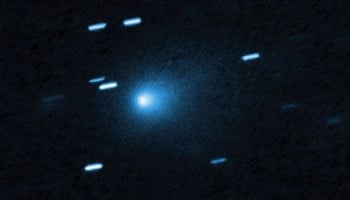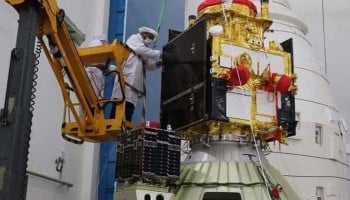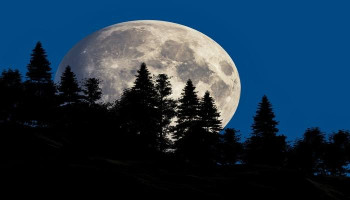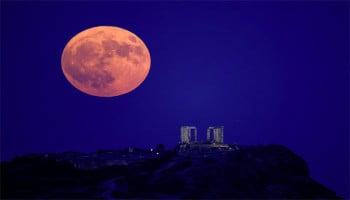
The Eta Aquariid meteor shower, one of the most stunning displays in the evening sky, will peak on May 5 and 6.
This yearly meteor shower is produced by dust and debris from Halley's Comet, one of the most well-known comets in history.
When Earth travels through this space dust, we observe bright flashes of light referred to as "shooting stars."
What is Eta Aquariids meteor shower?
The Eta Aquariids are fast and bright as they enter the atmosphere of Earth. With ideal conditions, you might be able to spot up to 60 meteors per hour, particularly in locations with clear and dark skies.
This makes it one of the most powerful meteor showers of the year for the Southern Hemisphere and areas closer to the equator.
Where to see Eta Aquariids meteor shower?
Southerners in the US, South America, Africa, and Australia will have the best look because the meteor shower seems to originate from the Aquarius constellation, which is higher in their sky.
Those in the Northern Hemisphere (such as the US, Canada, and Europe) will have a smaller show — about 10 to 30 meteors per hour — but some of these will be long and bright "Earthgrazers" that graze the horizon.
When to see Eta Aquariids meteor shower?
The optimal time to view is shortly before dawn, when the sky is at its darkest and moonlight least intense.
May 6 finds the waxing gibbous moon setting prematurely, further enhancing viewing conditions.
















